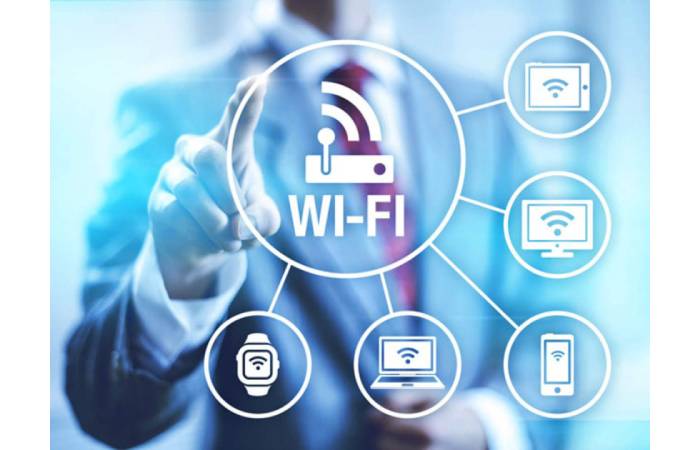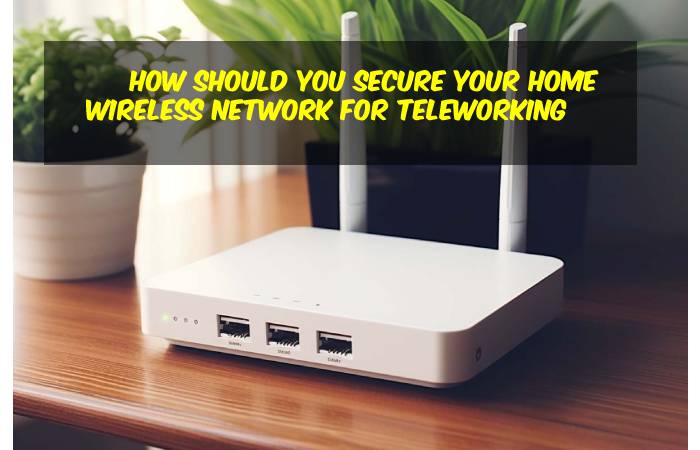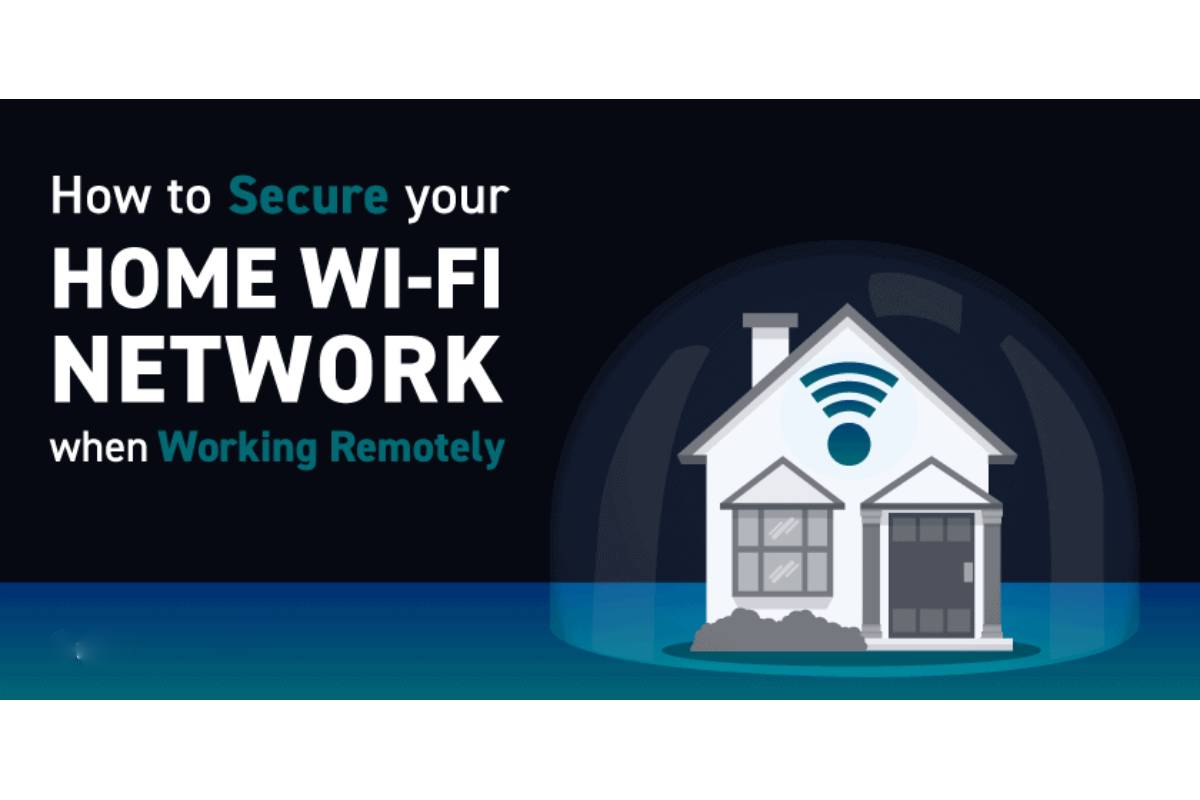Table of Contents
How Should You Secure Your Home Wireless Network For Teleworking
How Should You Secure Your Home Wireless Network For Teleworking- Teleworking requires a secure home network to protect sensitive data and work activities. Here are some critical steps to secure your wireless network:
Basics:
- Change default credentials: Replace your router admin panel’s pre-set username and password with strong, unique ones.
- Enable encryption: Use WPA2 security (or WPA3 if available) to encrypt your network traffic and prevent eavesdropping. Avoid outdated WEP encryption.
- Hide your network: Don’t broadcast your network name (SSID).
- Update firmware: Regularly install firmware updates for your router to patch vulnerabilities.
Advanced Measures:
- Firewalls: Activate your router’s built-in firewall and consider additional software firewalls for individual devices.
- VPN: For extra security, especially when dealing with confidential data, use a VPN to encrypt your connection to a trusted server.
- MAC address filtering: This allows you to allow specific devices permitted to connect to your network.
- Guest network: Set up an individual guest network with limited access for visitors or devices you don’t fully trust.
- Disable remote management: Turn off your router’s remote management unless necessary to prevent unauthorized access.
- Strong passwords: Use long, complex passwords with combinations of letters, numbers, and symbols for your network and all connected devices. Avoid using easily guessable information.
- Update devices: Regularly update operating systems and software on all connected devices to fix security vulnerabilities.
- Monitor activity: Monitor your network activity for suspicious connections or unusual traffic.
- Educate family members: Ensure everyone in your family understands the importance of network security and practices safe habits like avoiding suspicious links and downloads.
- Remember, security is a continuous process. Regularly review and update your network settings and educate yourself about emerging threats to maintain a strong defense against cyber attacks.
If you need help implementing these steps, consult your router manual, contact your internet service provider, or seek guidance from a tech-savvy friend or professional.
Top Tips to Secure Your Home Wireless Network for Teleworking

- Change Default Username and Password
- Turn on Wireless Network Encryption
- Use a VPN (Virtual Private Network)
- Hide Your Network From View
- Keep Your Router Software up to Date
- Use Firewalls
- Place the Router in the Center of Your Home
- Enable MAC Address Filtering
- Disable Remote Administration
What Is Not A Best Practice For Protecting Your Home Wireless Network For Telework?
Out of the following options, using guest mode without a password is not a best practice for protecting your home wireless network for telework:
- Enabling MAC address filtering: While not foolproof, filtering specific devices can offer an extra layer of security.
- Placing your router centrally Minimizes signal leakage outside your home.
- Using strong network passwords is essential for protecting access to your network settings.
- Keeping firmware up-to-date: Crucial for patching vulnerabilities and improving security.
- Guest mode without a password creates an open, easily accessible network for anyone in range. It poses a significant risk for teleworkers as anyone can connect and potentially access sensitive work data or disrupt network performance. Ideally, a guest network should also be password-protected and limited in privileges, allowing only primary internet access for visitors.
Practices That Are Not Recommended For Securing Your Home Network For Telework:
- Using outdated WEP encryption: Highly vulnerable to hacking.
- Broadcasting your network name (SSID) Makes your network more accessible to the target.
- Sharing your network password with others Increases the risk of unauthorized access.
- Connecting to unsecured public Wi-Fi for work: Exposes your data to anyone on the network.
- Securing your home network is crucial for protecting your privacy and productivity while teleworking. Always prioritize strong passwords, secure encryption, and responsible network use.
What Are The Five 5 Elements Of Wireless Network Security Solution?
The five fundamental elements of a wireless network security solution work together to safeguard your network from unauthorized access and other threats. These elements are:
- Authentication: This verifies the identity of users and devices attempting to connect to your network. Standard authentication methods include passwords, multi-factor authentication (MFA), and digital certificates. Strong authentication ensures that only authorized individuals and devices access your network resources.
- Encryption: This process scrambles data transmitted over your wireless network, making it unreadable to anyone without the decryption key. WPA2 and WPA3 are the current industry standards for Wi-Fi encryption, offering robust protection against eavesdropping and data interception.
- Access Control: This restricts network access based on pre-defined rules and permissions. Techniques like MAC address filtering, network segmentation, and guest networks allow you to control who can access set resources and prevent unauthorized users from roaming freely within your network.
- Intrusion Detection and Prevention (IDPS): These systems monitor network traffic for unsure activity and potential threats. IDPS can detect hacking attempts, malware infections, and other malicious behavior, allowing you to mitigate risks and protect your network proactively.
- Security Policies and Procedures establish guidelines for secure network usage and best practices for employees and other users. Security policies should cover password management, device usage, data handling, and incident response procedures. Implementing and enforcing clear security policies helps raise awareness and promote responsible network behavior within your organization.
Remember, these five elements work best as a layered security approach. By combining strong authentication, robust encryption, granular access control, proactive IDPS, and well-defined security policies, you can significantly strengthen your wireless network defenses and minimize the risk of cyberattacks.
What Is The Most Secure Method For Wireless Network?

Determining a wireless network’s “most secure” method depends on your needs, threat landscape, and resources. However, here are some top contenders, each with its strengths and considerations:
1. WPA3-Enterprise With AES-256 Encryption And Certificate-Based Authentication:
This option offers the highest level of encryption and authentication currently available for Wi-Fi networks.
It is ideal for high-security environments handling sensitive data, as certificates provide more robust protection than passwords.
Requires specialized expertise and infrastructure for setup and management, making it more complex and expensive than consumer-grade solutions.
2. WPA2 with AES-128 encryption and multi-factor authentication (MFA):
- It is widely supported by most devices and routers, making it accessible and easy to implement.
- It offers strong encryption and can be further bolstered by using MFA for user authentication.
- It is not as secure as WPA3-Enterprise but remains a robust option for many home and small business networks.
3. Guest network with a strong password and limited access:
- Creates a separate network for visitors and devices you don’t fully trust, isolating them from your primary network.
- It prevents unauthorized access to sensitive data even if your primary network is compromised.
- Ensure the guest network password is strong and access is restricted to only essential internet use.
Factors to consider:
- Physical security: Secure your router physically and restrict remote access when unnecessary.
- Firmware updates: Regularly update your router firmware to patch vulnerabilities.
- Network segregation: Segment your network to limit the impact of potential breaches.
- Security awareness: Educate users about safe network practices like strong passwords and avoiding suspicious links.
Ultimately, the most secure method for your wireless network is the one that best addresses your specific needs and risks. Consider your budget, technical expertise, and sensitivity to the data you handle when choosing. Security is a continuous process, so regularly review and update your network security measures.
Conclusion
Teleworking requires a secure home network to protect sensitive data and work activities. Out of the following options, using guest mode without a password is not a best practice for protecting your home wireless network for telework: Using strong network passwords is essential for defending access to your network settings. It poses a significant risk for teleworkers as anyone can connect and potentially access sensitive work data or disrupt network performance. Always prioritize strong passwords, secure encryption, and responsible network use.
The five fundamental elements of a wireless network security solution work together to safeguard your network from unauthorized access and other threats. By combining strong authentication, robust encryption, granular access control, proactive IDPS, and well-defined security policies, you can significantly strengthen your wireless network defenses and minimize the risk of cyberattacks. Ensure the guest network password is strong and access is restricted to only essential internet use. Security awareness: Educate users about safe network practices like strong passwords and avoiding suspicious links.
READ ALSO: Laura Fuentes Food Lifestyle Entrepreneur

